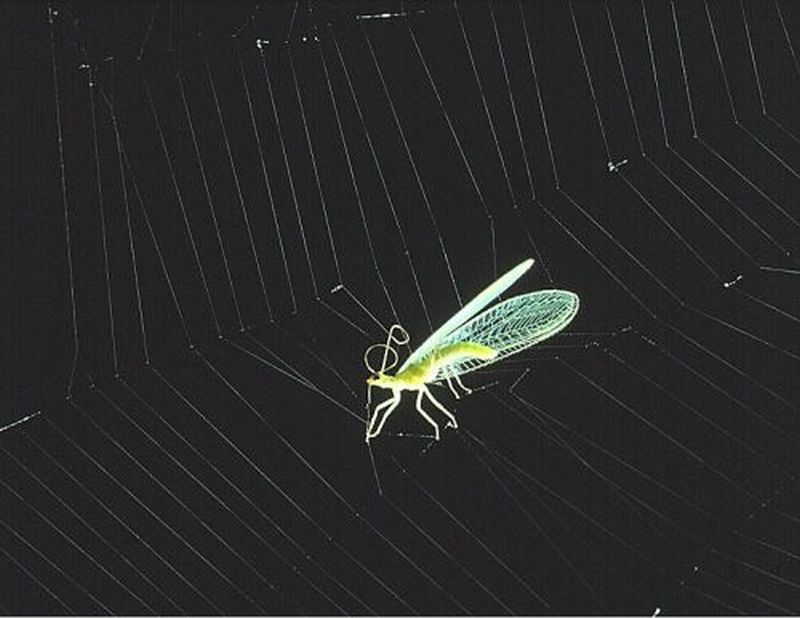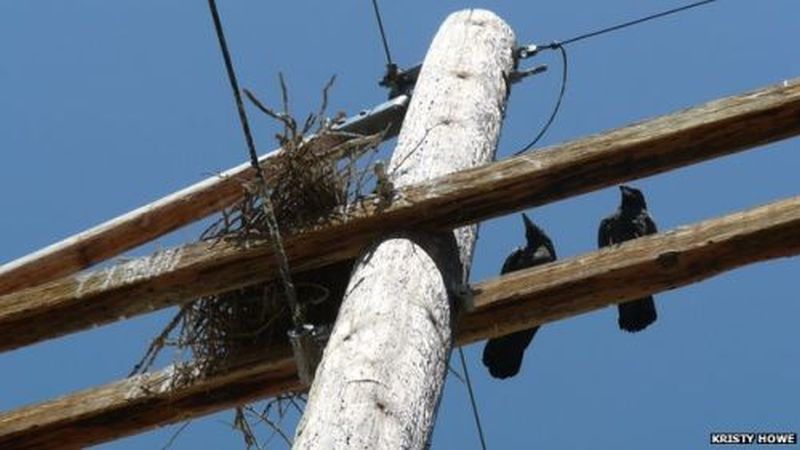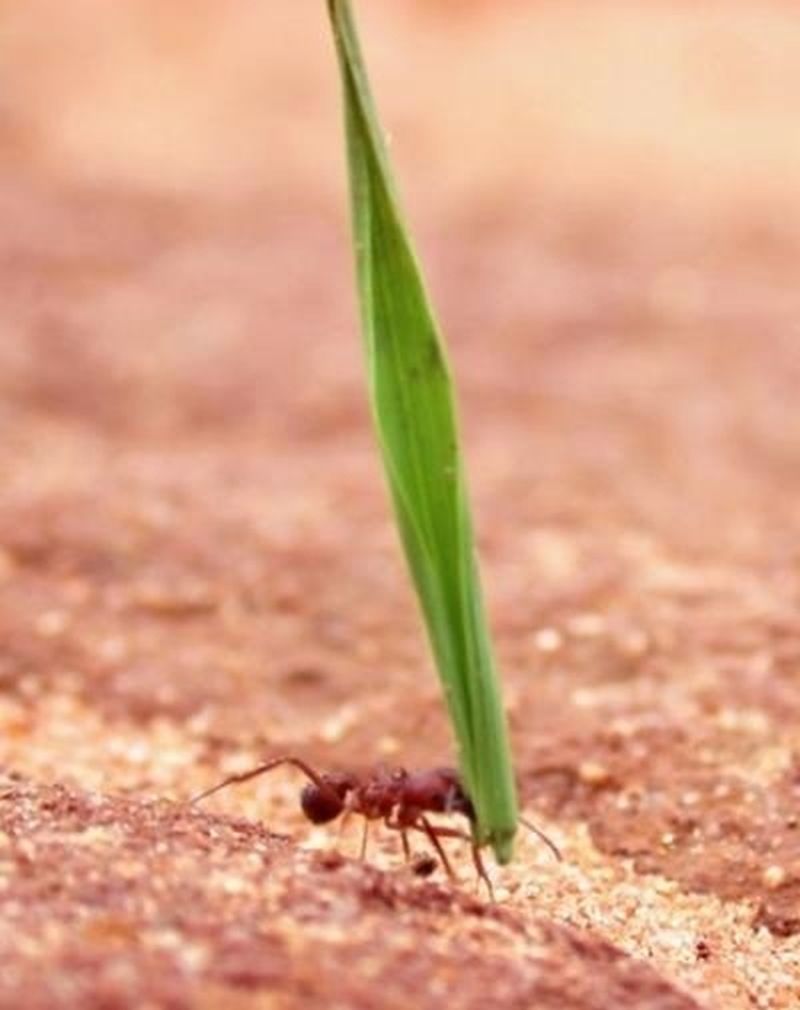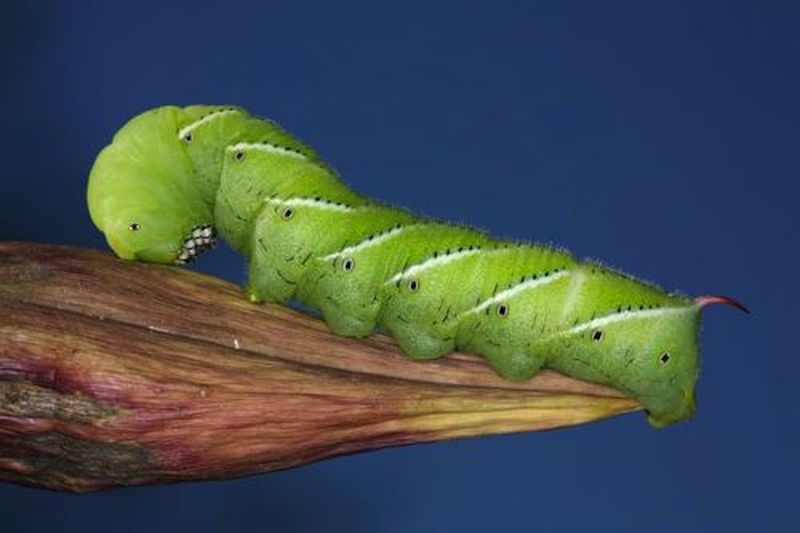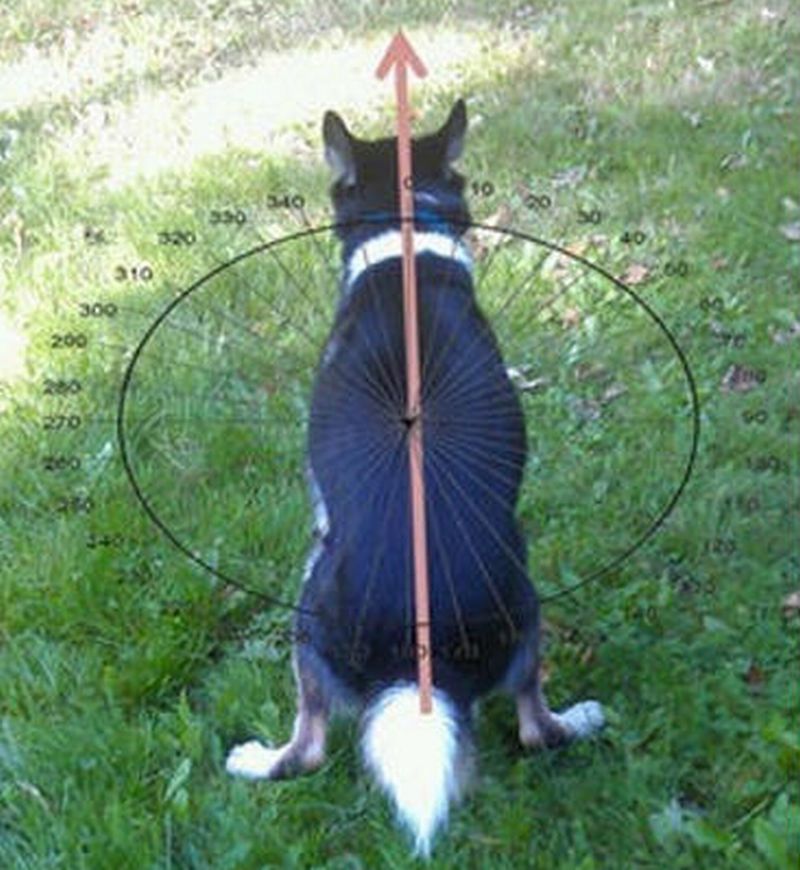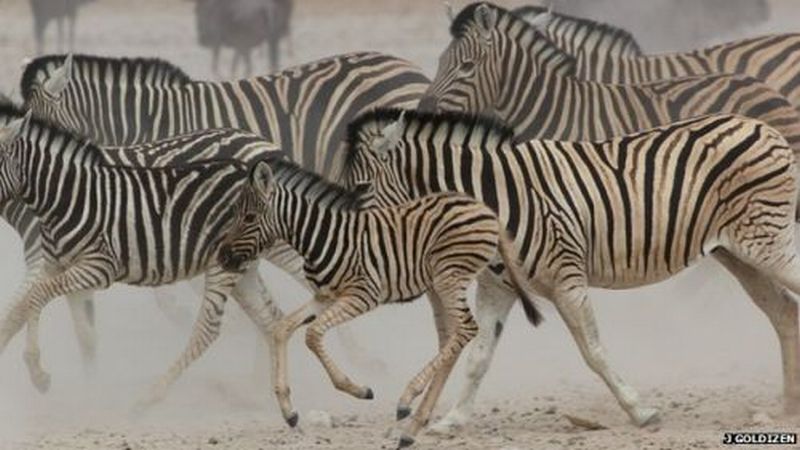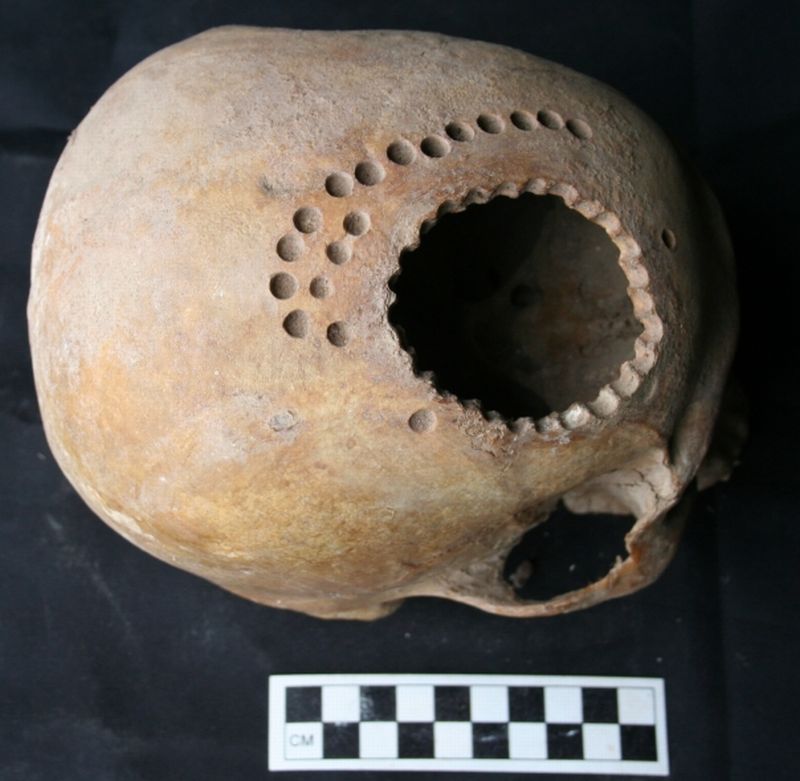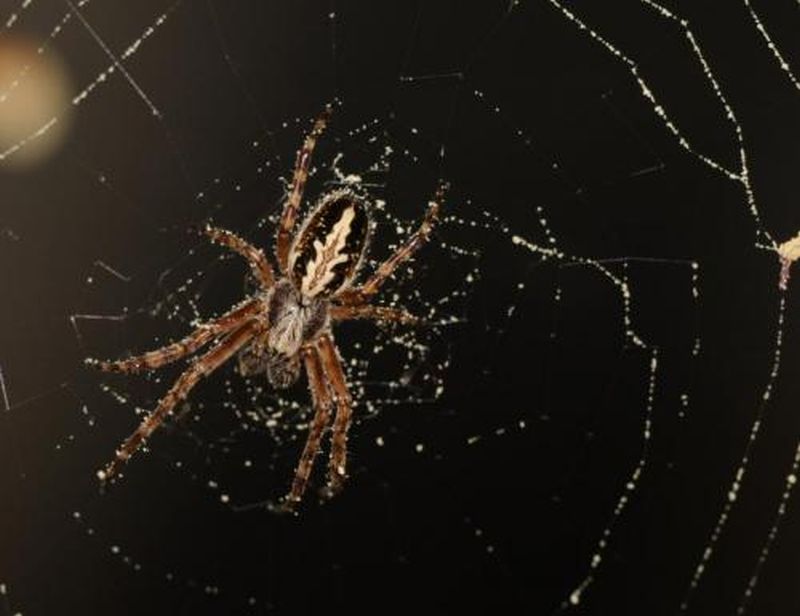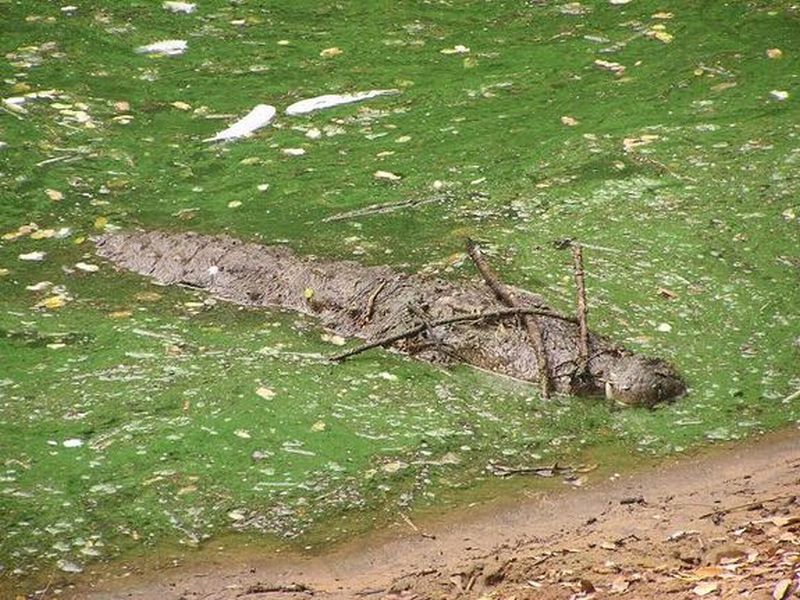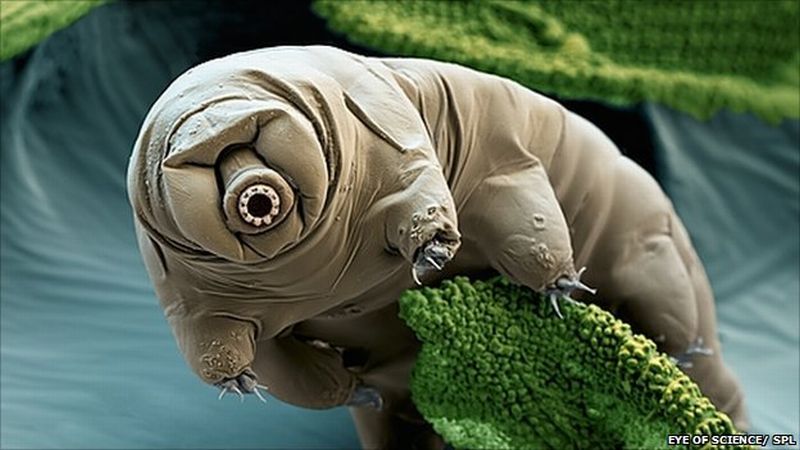Spider’s spun web to trap insects, which is known for its tensile strength and flexibility, easily stretching up-to five times their length without breaking. These webs, trap flying insects, pollen’s and other particulate matter present in the air. Traditionally it was believed that the flying insects are caught in this web. Interestingly, it is recently discovered that the spiders web are coated with a glue which makes the web electrically charged and so the web can actually leap towards any charged particles to grab it. The glue-coated web can even…
Read MoreCategory: Eco Tonics
Antarctic Glacier Might Irreversibly Continue Its Decline
Global warming is melting the ice from the glaciers hence increasing the sea level and posing a serious threat for cities and towns situated along the coast. Based on the topic a team of scientist found that the Antarctica’s Pine Island Glacier which is considered as the single major contributor for the rise in the world sea level, is melting continuously year after year and is believed to contribute nearly a centimetre (0.4 inches) rise in sea level in the coming 20 years. Recession of the ice sheets seem irreversible…
Read MoreRaven Using Power Lines For Nesting
Raven are known for its intelligence. Recently researches has found that the majority of ravens are preferring the tall poles of power line in western United States as their nesting site. And in last 40 years there is an increase of 300 percent in raven population, as nesting on such heights give them an edge while locating prey. Though living on these high power lines are very dangerous, but raven over the years has evolved to use human engineering for its benefit. As told to BBC News by the…
Read MoreSurround Yourself With Greenery For Healthy Mind
A recent research from the University of Exeter Medical School reports that people living near green patches in urban place (like parks and gardens) tend to have eternal advantages on their psychological health. The advantages gained outlast even after the person shift away. The discovery further pushes us to work towards maintaining a greener planet.
Read MoreSize Of Thoraces In Ants May Differ As Per Work Assigned
Ants are very social creatures and live in large colonies consisting millions of individuals. Their society is divided as per hierarchy. Until now the presence or absence of wings were characteristic feature to differentiate the queen from its workers ants. But in a recent study it was noticed that the size of the thoracic segment may vary as per the work ants are designated to perform after attaining maturity. This may also explains how the ants carry load weighing many times than the weight of themselves.
Read MoreHornworm Uses Tobacco To Avoid Predators
Tobacco in any form is hazardous. Recently a positive aspect of tobacco has been discovered, although not for humans. Team of researchers from the Max-Planck-Institute for Chemical Ecology has found hornworm caterpillars (Manduca sexta) using tobacco as defense mechanism. These caterpillars thrive on tobacco plants and thus absorb large amount of nicotine. When in danger hornworm caterpillars expel (halitosis) some amount of nicotine toxin reserved in its blood to avert its approaching enemies such as wolf spiders and other predators.
Read MoreDogs Likes Their Toilet Along North South Axis
We have seen dogs going about in circles before answering to the nature’s call. Though this might seem meaningless to us, a recent study has revealed that the dogs actually align themselves to the earth magnetic field before relieving themselves.
Read MoreUnderstanding The Reason Behind Zebra Stripes
Since the time of Charles Darwin and Alfred Russel Wallace, researchers were always curious to find out why the zebra evolved to have coat with such stripes, which does not help to camouflage in the environment like the stripes of other animals do. There are many theories supporting the function like signaling during social communication or disguising during the dawn or dusk time in tall grasses. The most convincing reason of all, supporting the stripes of the zebra says it was evolved to dazzle the big predators as well as…
Read MoreSilver Birch Trees Found Trapping Environmental Particulate Matter
Trees play an important role in earthly habitation like providing oxygen, giving food, shade, conserving water, preserving soil from erosion and the list goes on. Recently scientists have found one more equally significant role to add in the existing list. In a recent observation, silver birch tree was found absorbing the harmful particulate matter of various sizes present in the air, which can also be inhaled by us. The trees are competent in absorbing about 50% of the tiny particulate matter generated by the automobiles. These particulate matters originate from…
Read MoreTrephination: Cranial Surgery Started With Hand Drilling In Neolithic times
Twenty first century is an epitome of progress and technological advancement. With the coming of stem cells, humanity has totally revolutionized medicine, an effort that was started in 1998. Stem cells are the all purpose cells, these cells have an entity of immature cells but have a huge potential of developing into many different kinds of cells. But amongst all these progression, cranial surgery is still a risky business. If we talk about the external factors employed today, surgeons are always endowed with aseptic environment, specialized surgical instruments and other…
Read MoreHerbivorous Spiders: Pollen Consuming Orb Weavers
Spiders have been known to spun web to trap insects, which they can feed on. However, in a recent study it was found that part of spider’s diet also includes pollens in addition to the insects. The spider’s web traps not just insects but pollen, spores of fungus and other plankton’s.
Read MoreCrocodiles And Alligators Uses Sticks To Lure Birds In Its Trap
We know alligators and crocodiles have successfully inhabited the earth for some millions of years. Both the species are known to ambush their prey by lying unmoved under the water waiting for the right time to attack. However, recently scientists have found a new predating method in these reptiles. The Mugger crocodiles (Crocodylus palustris in India) and American alligators( Alligator mississippiensis in the USA) have been seen lying partially submerged in water, placing sticks on their snout to lure the birds close enough to be attacked.
Read MoreTardigrades Might Help Humans In Developing Space Ecosystem
Tardigrades (also known as waterbears) are the toughest organism capable of thriving in the most unfavorable conditions on earth and even in the outer space. Tardigrades have been found living in low temperatures (just above the absolute zero), high temperatures (above boiling point of water), can bear high pressure, high ionizing radiations and can even exist in the vacuum of the space. And because of this unique survival skill of the organism, the scientists have classified them as extremophiles i.e. an organism capable on living in the harshest of conditions,…
Read MoreChameleons Convey Messages By Changing Colors
So far, it was believed that the chameleons change color to match to their background, which’ll make them safer as then it’ll be difficult to locate them. However, as per a new research done on veiled chameleons (Chameleon calyptratus), changing color is meant to communicate other information as well than just to camouflage. Male chameleons have been seen using the change in colors as a signal to ward off its enemy. Researchers from Arizona State University, observed the bright color stripes on the side and top of the male chameleons,…
Read MoreNewly Discovered Sound-Producing Organ in Koalas
“Cute” is a word usually associated with Koalas. However, these small sized bears have been recently discussed from an angle distant from that related to their scrumptious looks; one that uncovered the mystery of their deep voices. Koalas have always puzzled scientists with their low-pitched bellows, which are considered about 20 times lower than they should be considering their body sizes. This estimation was made considering that the size of the vocal cords of an animal determines the pitch of their voices. Accordingly, smaller-sized animals are known to produce higher-pitched…
Read More
